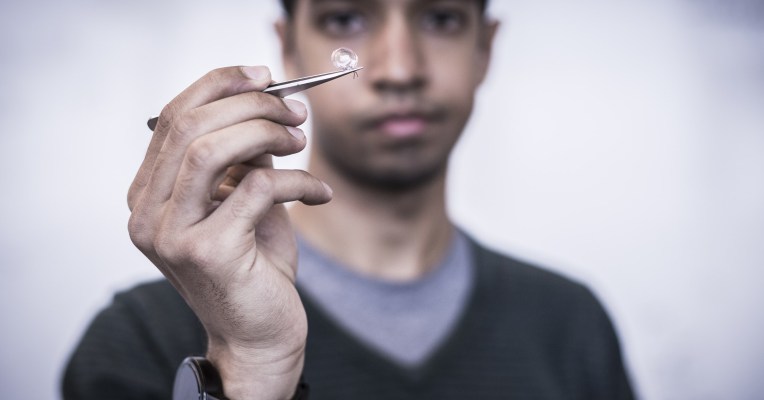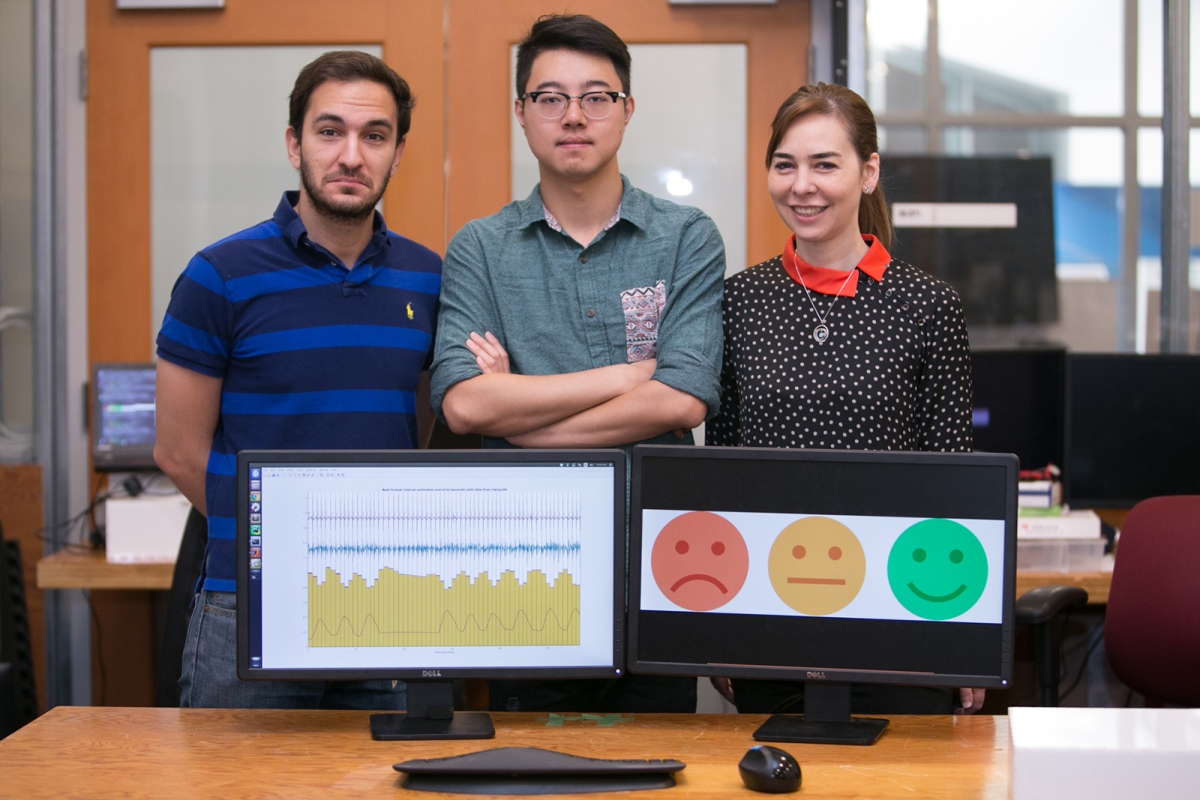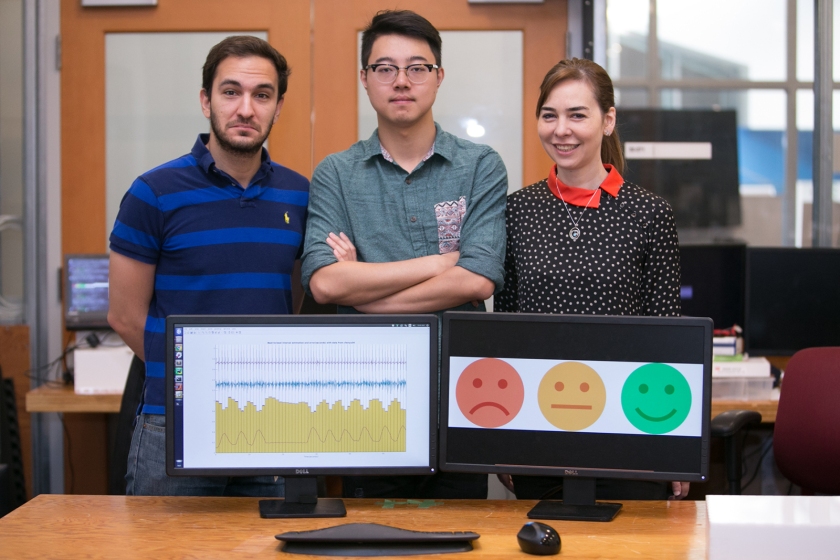
Apps allow you to link your smartphone to anything from your shoes, to your jewelry, to your doorbell — and soon, you may be able to add your contact lenses to that list.
Engineers at the University of Washington have developed an innovative way of communicating that would allow medical aids such as contact lenses and brain implants to send signals to smartphones.
The new tech, called “interscatter communication,” works by converting Bluetooth signals into Wi-Fi signals, the engineers wrote in a paper that will be presented Aug. 22 at the Association for Computing Machinery’s Special Interest Group on Data Communication conference in Brazil. [Bionic Humans: Top 10 Technologies]
“Instead of generating Wi-Fi signals on your own, our technology creates Wi-Fi by using Bluetooth transmissions from nearby mobile devices such as smartwatches,” study co-author Vamsi Talla, a research associate in the Department of Computer Science and Engineering at the University of Washington, said in a statement.
Interscatter communication is based on an existing method of communication called backscatter, which lets devices exchange information by reflecting back existing signals. “Interscatter” works essentially the same way, but the difference is that it allows for inter-technology communication — in other words, it allows Bluetooth signals and Wi-Fi signals to talk to each other.
Interscatter communication would allow devices such as contact lenses to send data to other devices, according to the researchers. Until now, such communication had not been possible, because sending data using Wi-Fi requires too much power for a device like a contact lens.
To demonstrate interscatter communication, the engineers designed a contact lens equipped with a tiny antenna. The Bluetooth signal, in this case, came from a smartwatch. The antenna on the contact lens was able to manipulate that Bluetooth signal, encode data from the contact lens and convert it into a Wi-Fi signal that could be read by another device.
And though the concept of “smart” contact lenses may seem a bit gimmicky, they could, in fact, provide valuable medical information to patients.
Continue Reading
By Sara G. Miller
Source: Smartphone-Connected Contact Lenses Give New Meaning to ‘Eye Phone’




